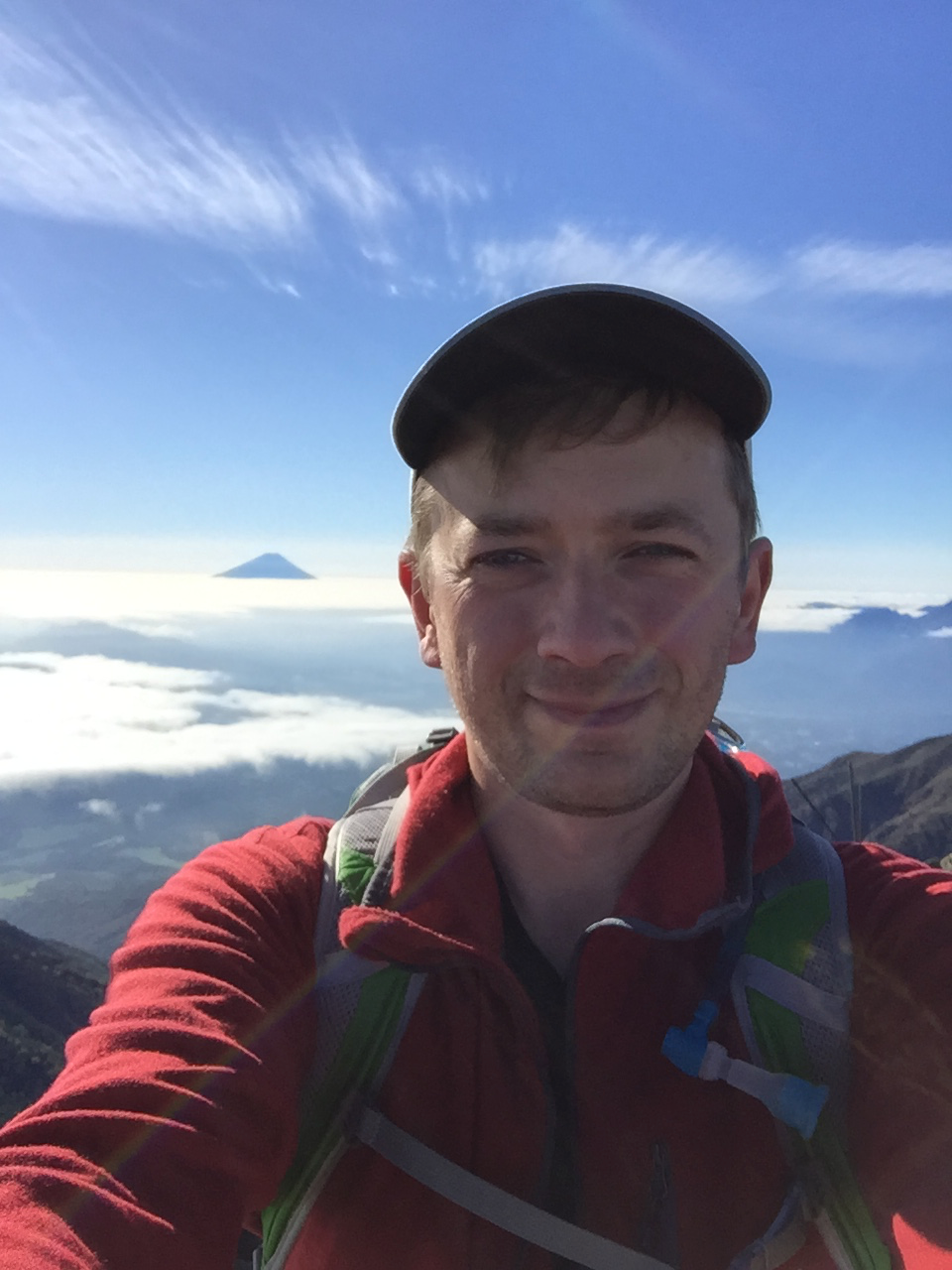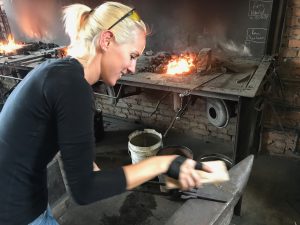 Dima Yashkir is a software engineer and freelancer who worked at a variety of startups and founded some companies. Living in Japan right now. He likes to climb, run and ski in the mountains. He’s currently interested in making ML projects more efficient at delivering results and applications of Deep transfer learning to 3d convolutional MRI analysis, also trying to generate style transfer images of Japanese Alps as would be drawn by Camille Pisaro without melting his laptop down.
Dima Yashkir is a software engineer and freelancer who worked at a variety of startups and founded some companies. Living in Japan right now. He likes to climb, run and ski in the mountains. He’s currently interested in making ML projects more efficient at delivering results and applications of Deep transfer learning to 3d convolutional MRI analysis, also trying to generate style transfer images of Japanese Alps as would be drawn by Camille Pisaro without melting his laptop down.
Q1: How is the tech start-up space seen in Japan? Is it like the crazy Silicon Valley rush to do insane things, more laid back like in Wannabe-Toronto or is it limited to supporting innovation in the big companies?
Silicon Valley is a one-off place, nothing is remotely like it. Tokyo being a megapolis and heart of the Japanese economy is also very unique. It is hard to estimate numbers but my guess it would fit somewhere between NYC and TO on scale of the startup ecosystem. It does operate nothing like NYC or TO though. A lot more partnerships with established big companies/conglomerates. Most money coming from these large companies, often in form of research contracts.
Q2: How’s the engineering market? Are there lots of hackers and self-taught geniuses or are there lots of highly-educated geniuses? What common technologies do you see in demand? Programming Languages? Development Techniques? Can you contrast those to North America?
Self-taught geniuses are rare anywhere I think, I can not think of one that worked with either in Canada or here. The Japanese education system funnels people to top schools through early and brutal selection. Power that name of school like Tokyo University(Todai) or Kyoto university carries is huge, it opens all doors and gets investment. My current contract is with a Todai graduate-founded startup and it is always amusing mentioning it here for the reaction it gets.
One interesting, not well-known fact is that it is very easy to bring people to work for you in Japan. If they have a degree it is trivial. So you can hire people from anywhere in the world with ease and not have to deal with the crazy US or Canadian immigration system. It is hard to become a Permanent resident but it is very easy to get a work visa.
Language and tech wise it is hard to judge but my guess is that Ruby is more popular, Python about same, and Nodejs far less so. There seems to a bigger market for desktop apps as well. In ML area mostly same tools are popular, in addition to Scala being more popular due to some libraries having been developed in Japan.
Q3: What’s your sense of trends and innovation? Does it seem Japan copies other countries or leads in certain areas of innovation? Do they look at ideas for their own market or for export to Asia or the US? Are there any strong startup trends (like in TO we see Cannabis, AI-Machine Learning, Fintech/Blockchain getting a lot of interest at the moment)?
It is a mix. Japan has many innovative companies often in more traditional industries. See iPhone component breakdowns, textiles(lightweight breathable insulation), or radiation-resistant robots to reach Fukushima core. In software perhaps not so much.
Japan most often is the primary market targeted, and Japanese companies often do have a problem adapting to outside, perhaps because of the uniqueness of the Japanese market.
Trends.
Tokyo had the highest volume of crypto trading, you can actually use bitcoins to pay for things in some “normal” shops. One interesting thing is that a lot of Japanese exchanges make the majority of their revenue from people doing short-term gambling on the value of crypto. Sort of like a legal online casino, playing while bored in the office.
ML/AI. Medical, Self-driving cars. I would not be surprised if a Japanese company like Toyota would be the first to release a real self-driving car with self-driving coverage of the whole Japanese highway system. Using pre-mapping and fact that Japanese highways, in general, are very well maintained, are simpler and people drive much less aggressive then it is common in NA.
Q4: Where is the tech world going? What do you think is going to be big in the next 5-10 years?
- The cryptocurrency general hype will crash and burn but private blockchains will become the standard for payment settlement for interbank transactions. So private blockchains as the new backbone of a payment settlement system.
- The commoditization of ML. Algorithms and models developed for hard problems like self-driving will spread to a variety of areas: from cooking to manufacturing to mining. ML projects will move from being research projects to implementation projects. Pre-trained commonly understood and easily usable ML models will become a normal solution for many problems. Transfer learning works and works well. This is what I am excited about, taking ML models devised for hard research problem and applying them to a simpler common problem, saving customers money and time.
Dima can be reached on a mountain or beach in Japan. Don’t worry you can just walk up and say “hi!”





